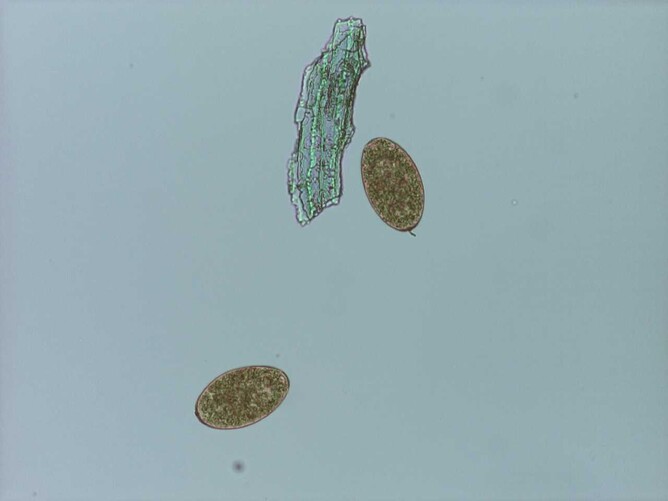Find out how to best treat this parasite affecting the West Coast.
Liver fluke (fasciola hepatica) is a parasite of the trematode family. It affects a whole range of animals - not only cattle and sheep, but also people and horses!
It has a very complex life cycle, requiring the mud snail as an intermediate host. Because of the mud snail, it requires a wet and humid environment, which is why it is only really prevalent in New Zealand here on the West Coast and up in Northland.
Once the immature fluke leaves the snail, it waits on vegetation to be ingested by its final host. It then breaks out of the intestine and heads up to the liver, where it causes damage and finally matures into its adult form in the bile ducts.
Here, it lays its eggs that sit in the gall bladder until passing into the intestine and being spread back onto the pasture in the faeces. It then goes in search of another mud snail to keep the cycle going!
What treatment options are available?
There are not many options for effective treatment of liver fluke. Currently, triclabendazole is the only commercial drug that kills all stages of the fluke in their life cycle.
There are a few other drugs available, but they only kill the adult fluke and do nothing on the immature stage living in the liver.
Oral treatment is the best option, as it allows accurate dosing and an effective kill. Injections only kill the adult fluke, but they do also have some effect on worms as well as external parasites, like lice.
There are also pour-on options of triclabendazole. Personally, these would be my least preferred option, as there is an extremely high concentration of drug, and it is a relatively watery solution that can lead to the product running off.
There has only been one study of the triclabendazole and resistance in NZ in 2009 (see study reference below) and this found one resistant location. Anecdotally, this has since increased and a lot of these resistant properties have been linked to the use of pour-ons.
Withholding periods
All fluke products have milk withholds:
I-con F injection - 14 days milk and 28 days meat withholding;
Oral flukecare - 35 days milk and 28 days meat withholding;
All the pour-ons have a very extended time of 91 days milk withholding.
Please be aware of these withdrawal times as, if you are milking to the end of the season and wanting to start supply in July/August, the pour-on would not be a viable option.
If fluke has been identified as an issue through bulk milk screening, or you are having reports on kill sheets, please talk to one of our vets about the best options for fluke control for your property.
References: Hassell C – publication: Proceedings of the Society of Sheep & Beef Cattle Veterinarians of the NZVA, 2012 p 4.14.1-4.14.2, Jan 2012.

